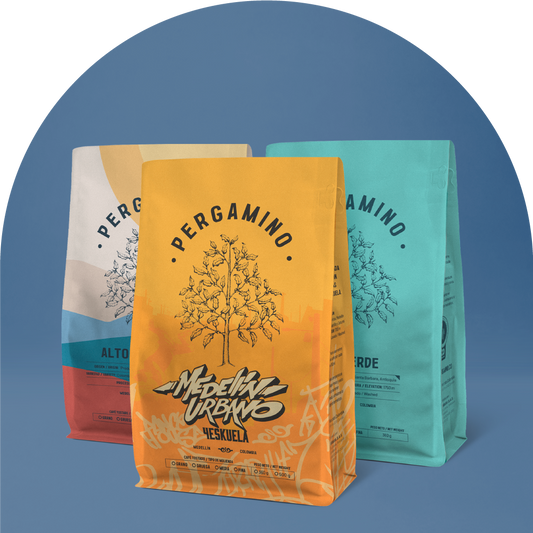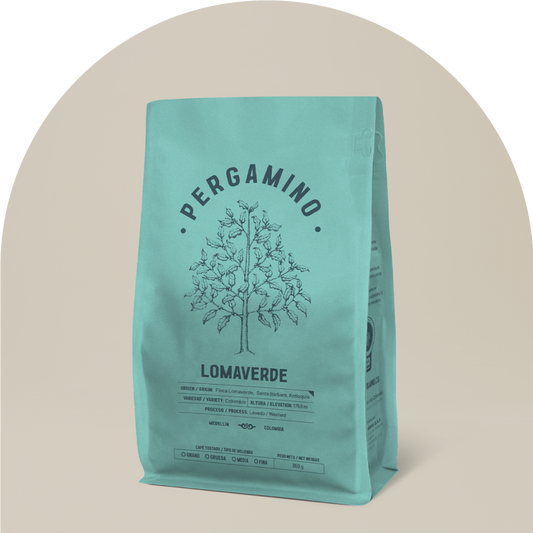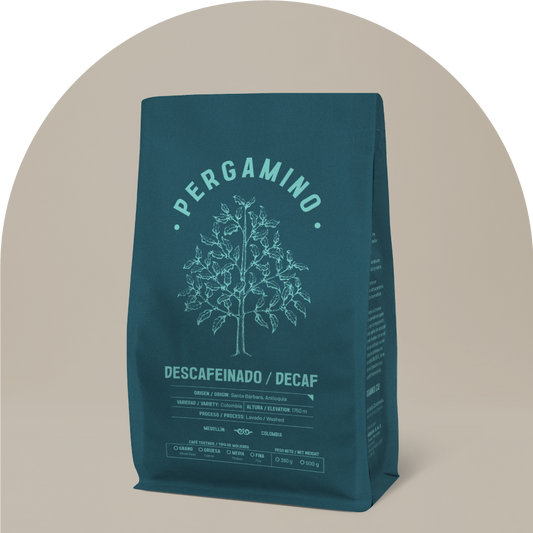COFFEE NOTES
Our notes on the world of specialty coffee
-
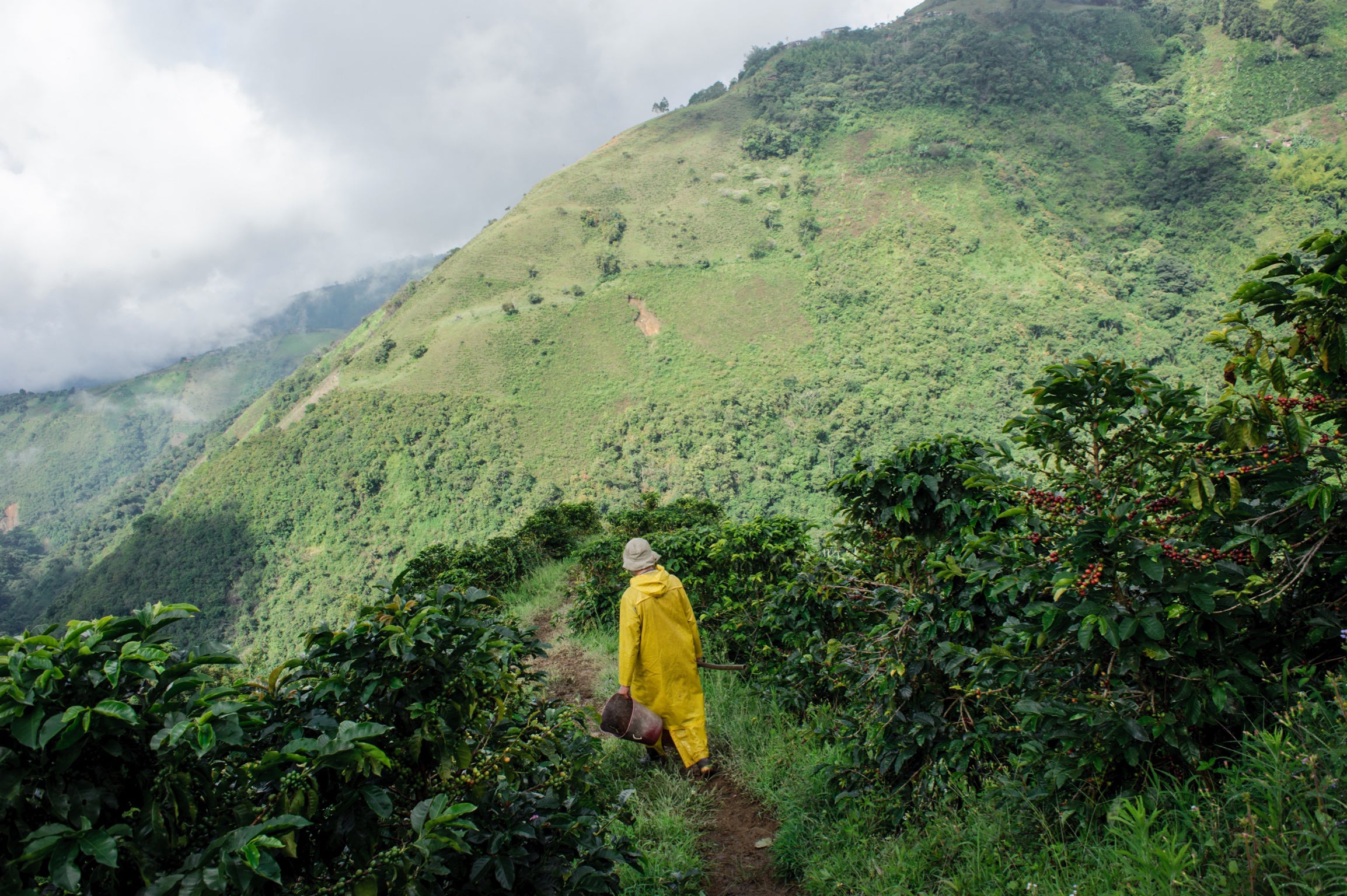
01. Introduction
See moreWe are privileged to work in every stage of the coffee process — from farm to cup.
-
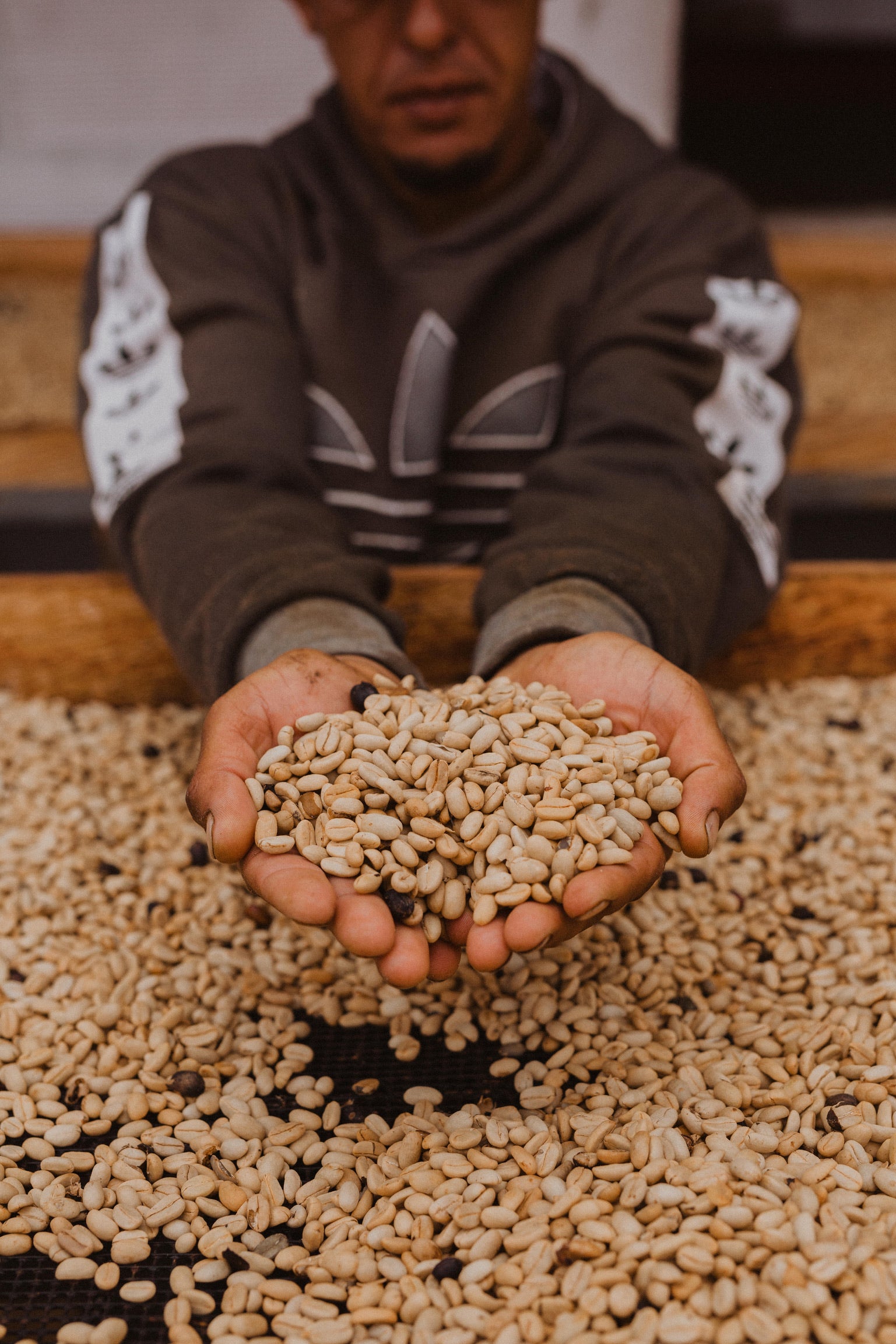
02. What are specialty coffees?
See moreWe’ll begin by defining specialty coffees — and what differentiates them from lower-quality beans.
-
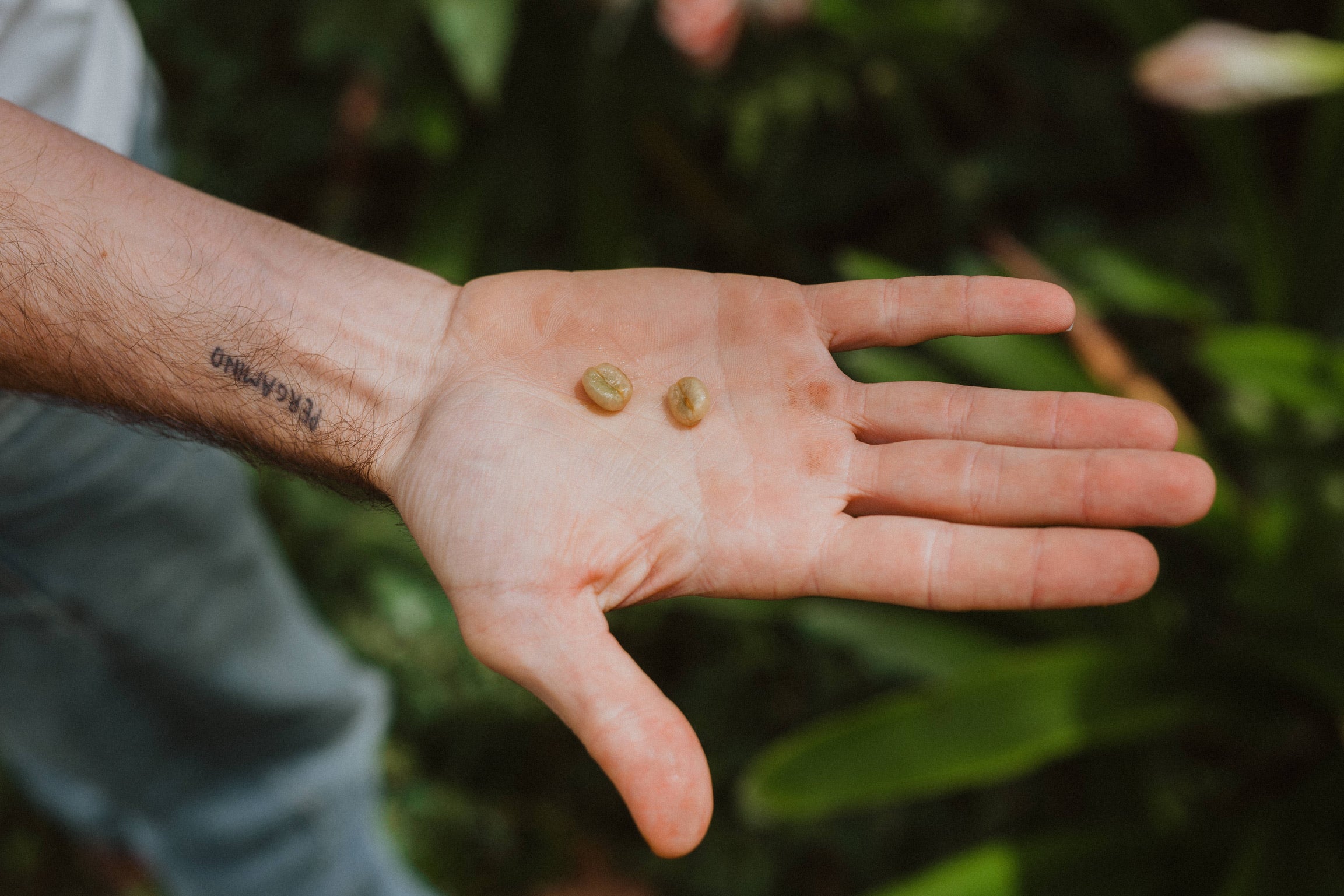
03. Describing coffee
See moreCoffee is like wine. There’s the gas-station kind that taste like sludge, the critically-acclaimed kind that experts and hipsters alike hail as tasting like bouquets of flowers — and everything in between.
-
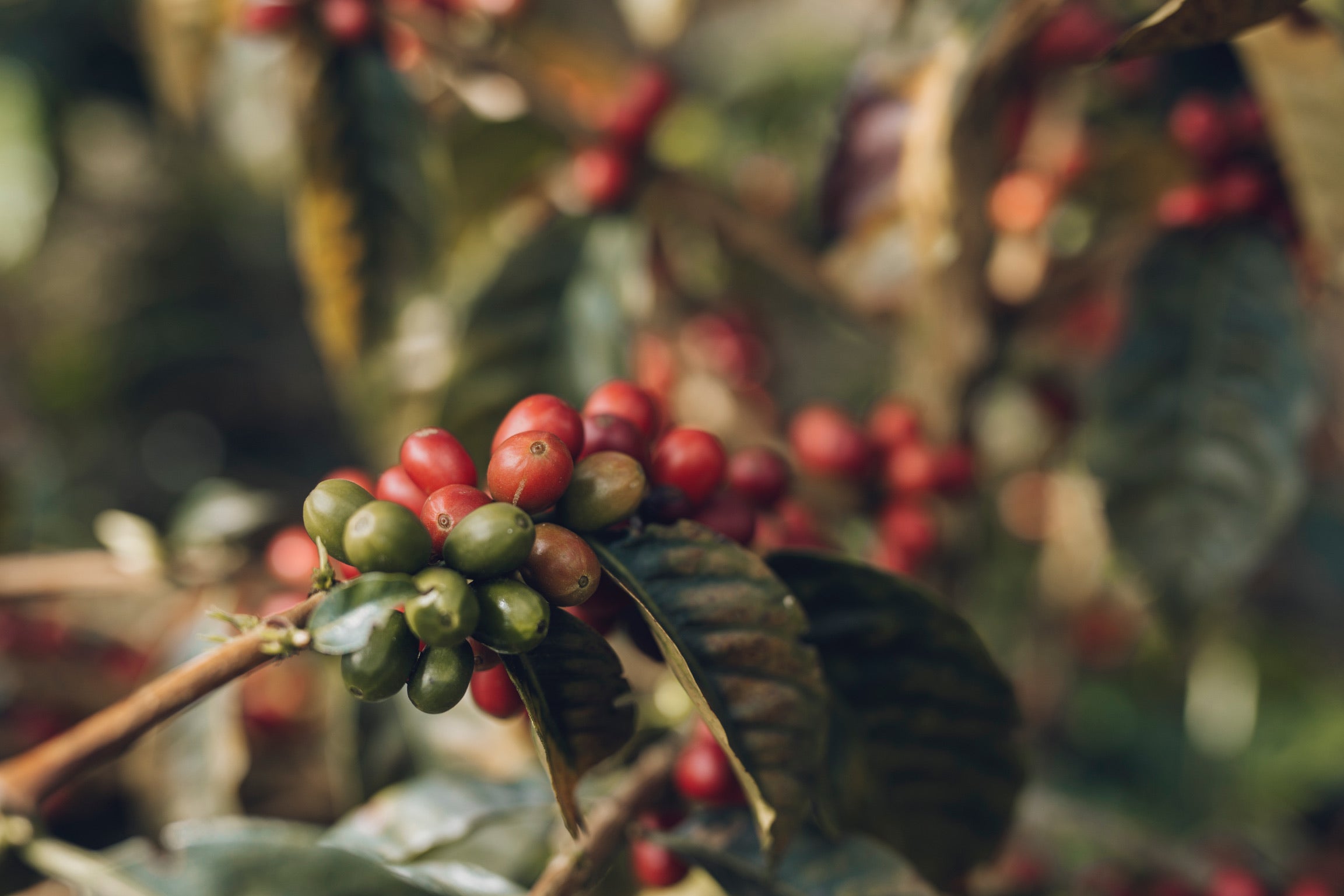
04. Agronomy
See moreThe process begins with a seed (the coffee bean itself) planted in sand, where it germinates into a small seedling called a “chapola.” After 3 months, the seedling is transplanted into a small bag, and continues to grow until it is strong enough to be planted in the field.
-
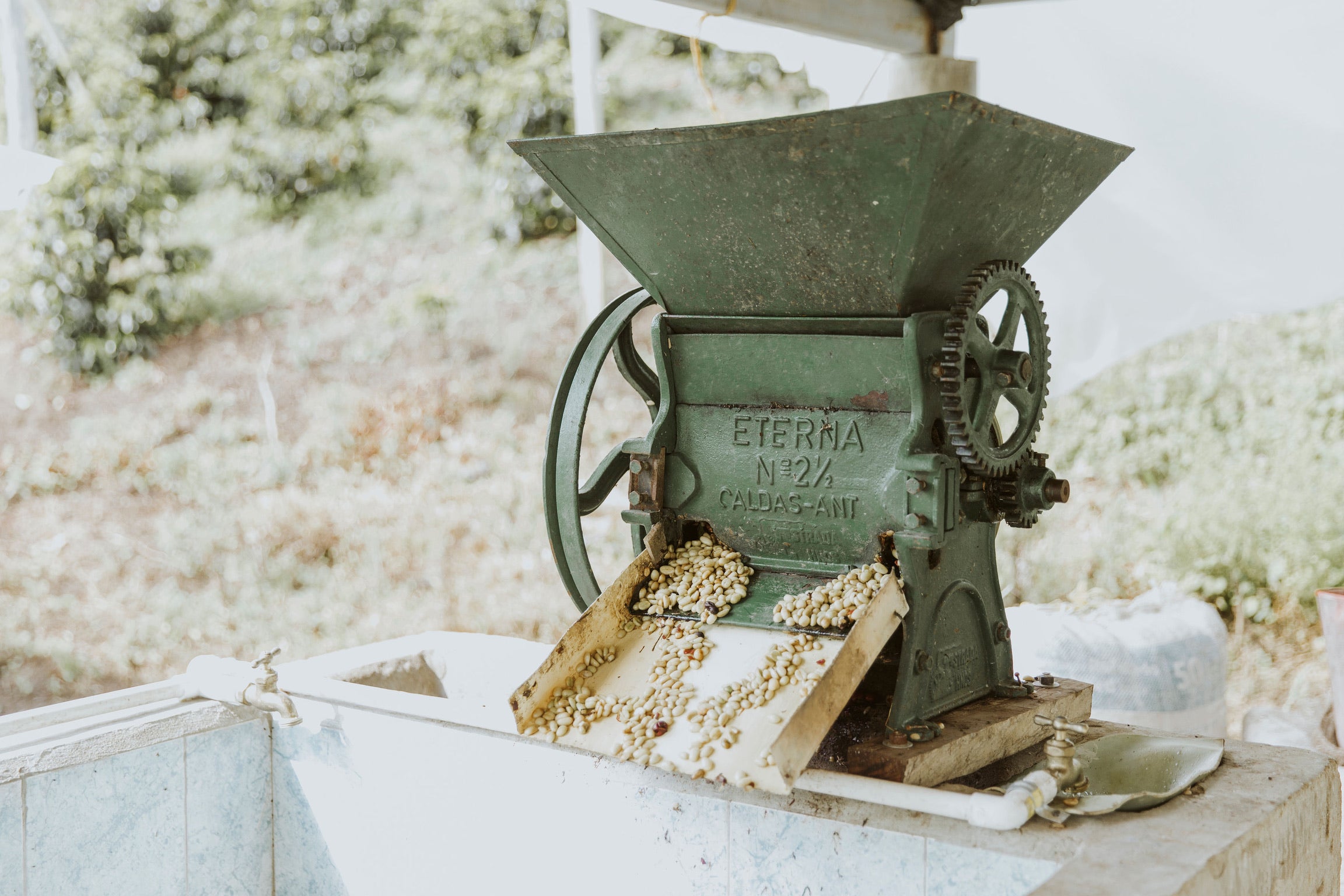
05. Farm processing
See moreRemember that the coffee we consume is the roasted seed of a fruit. The fruit begins its process of transformation when it is picked from the tree. Unlike other fruits (such as banana, avocado, mango, etc.), coffee can’t be picked while it is still green. It must be harvested at the perfect point of ripeness, when the cherry has fully matured.
-
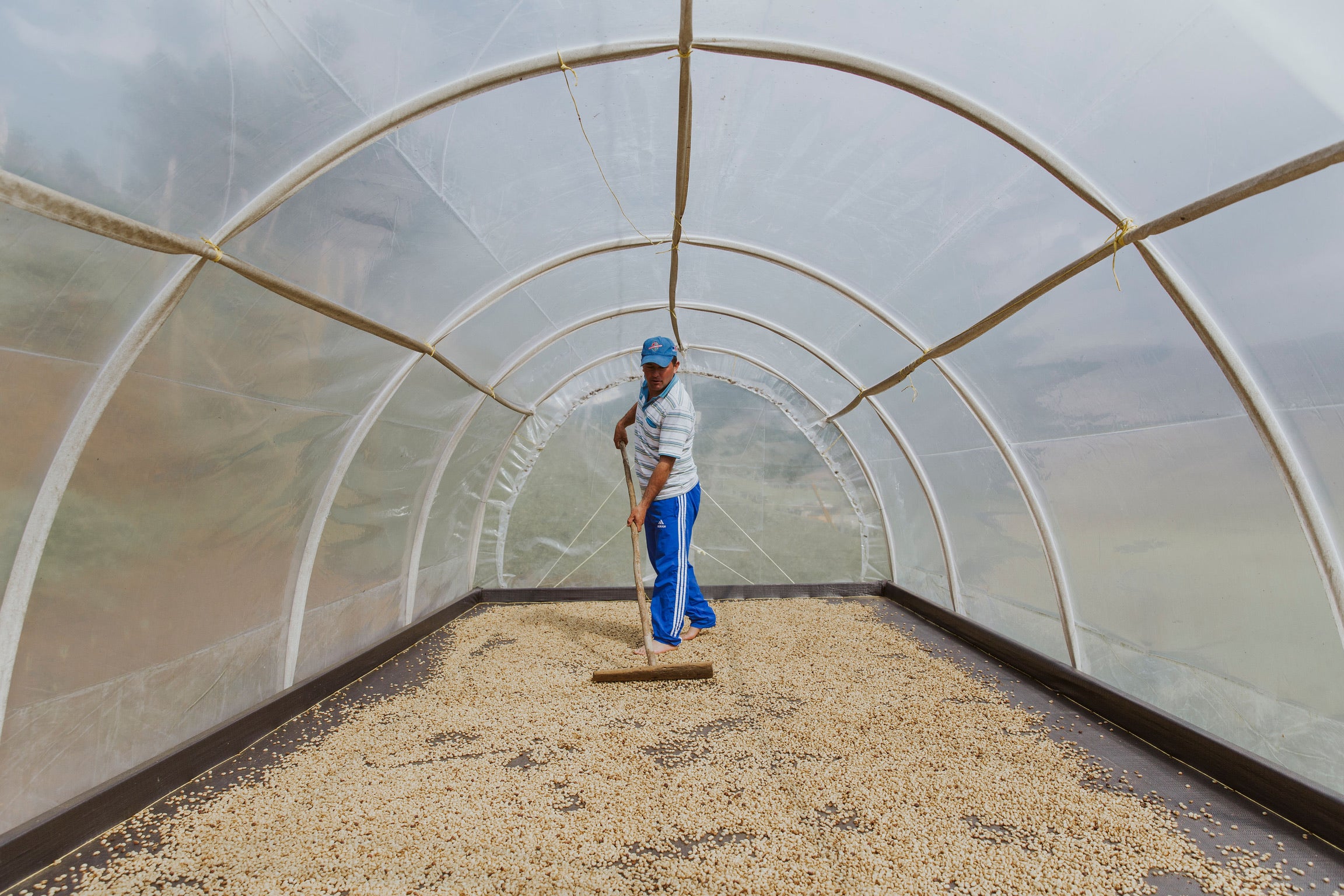
06. Roasting
See moreAt Pergamino, we are artisanal roasters. is means several things. First, that we roast in small batches under the careful oversight of a master roaster. We analyze each batch of green coffee in depth in order to determine the ideal roasting curve for its density, profile and final destination.
-
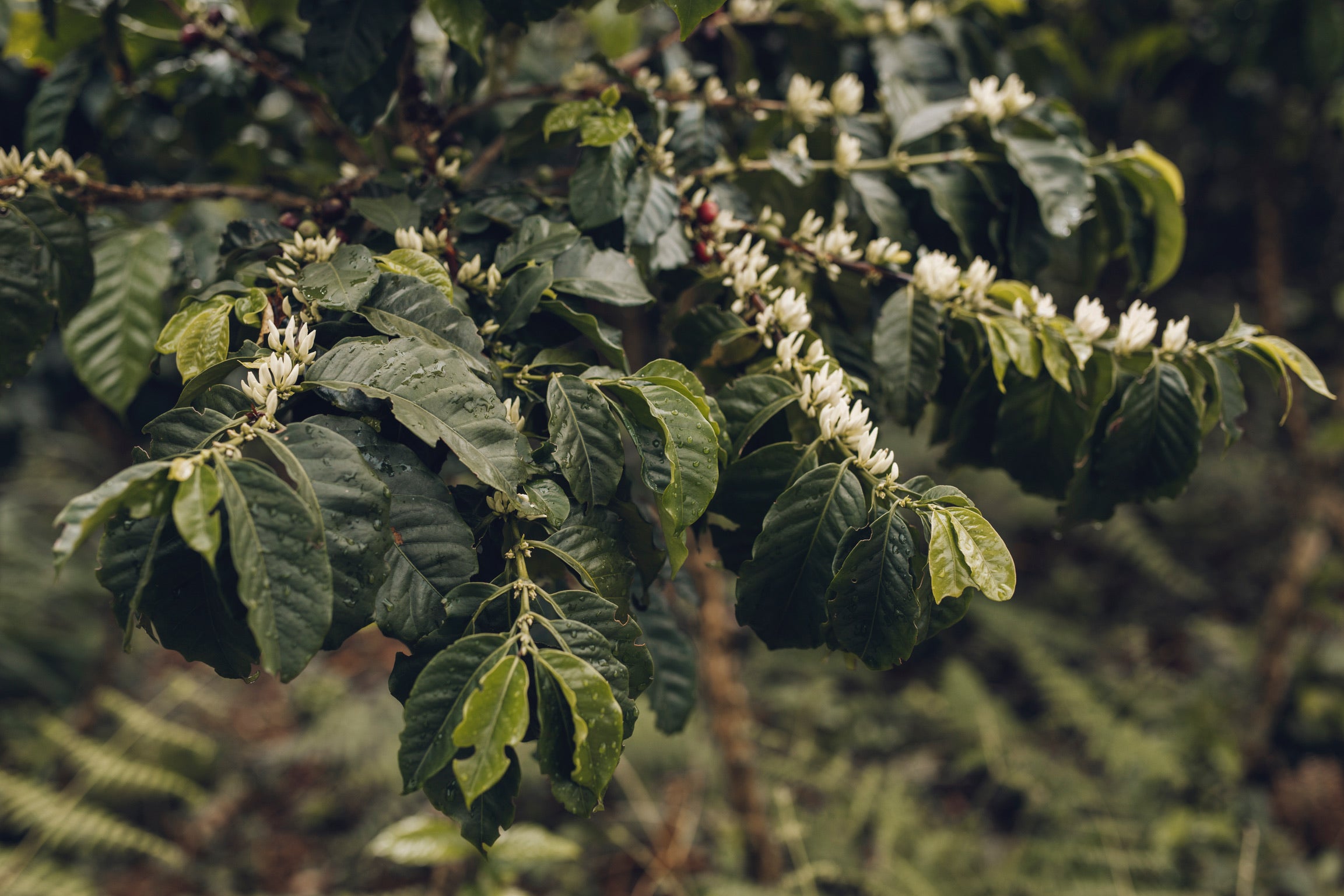
07. Species of trees
See moreAt Pergamino, we are artisanal roasters. is means several things. First, that we roast in small batches under the careful oversight of a master roaster. We analyze each batch of green coffee in depth in order to determine the ideal roasting curve for its density, profile and final destination.
-
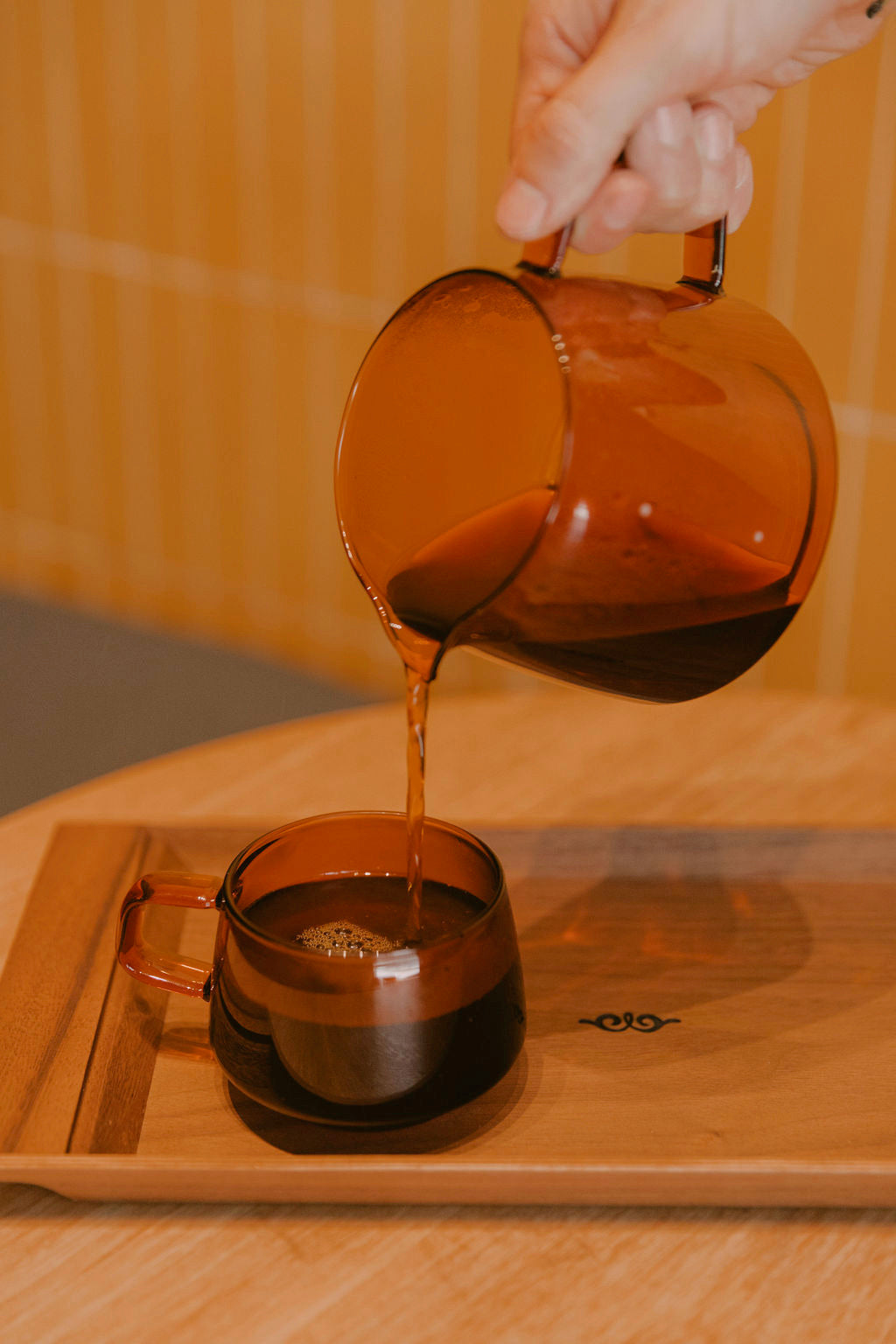
08. Extraction theory
See moreAs you can see, behind each cup of coffee is a world of complexity — meaning that we have a huge responsibility at the moment of the final brew. At Pergamino, we are very proud of our team of baristas, who assume this responsibility with great professionalism. They receive constant training, not only in the preparation of our drinks, but in the entire backstory of our coffees, and how to pass on their unique stories to our customers. But do not worry — with a little discipline and curiosity, you, too, can learn to make excellent coffee at home!
-
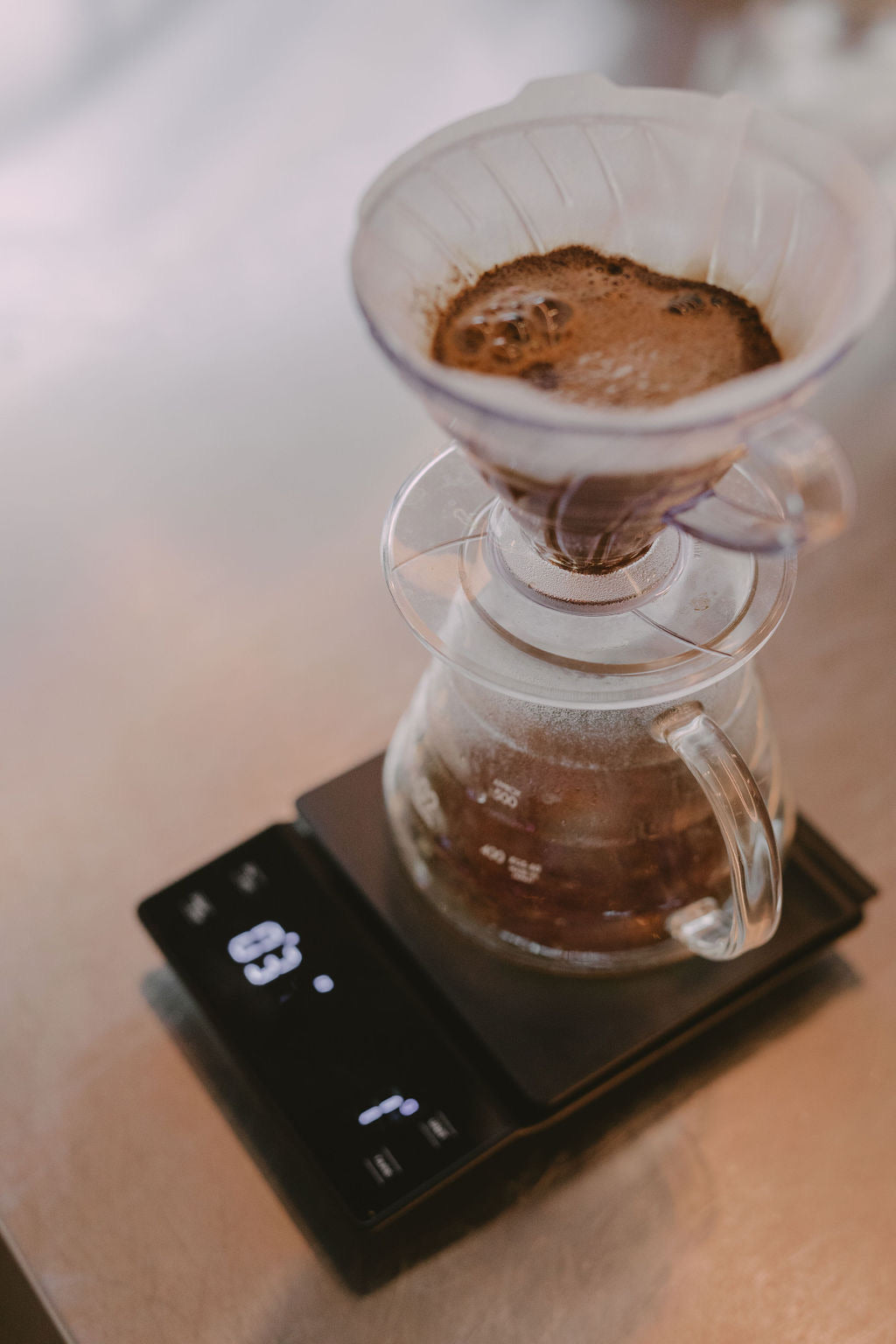
09. Preparation of filtered coffee
See moreBefore going into detail about brewing, we’d like to cover the core principles of coffee extraction. Brewing coffee is always a delicate game — balancing the quantity of coffee, the quantity of water, the type of grind, and the extraction time. Depending on the method, these factors can be varied in order to highlight specific attributes of a coffee.
-
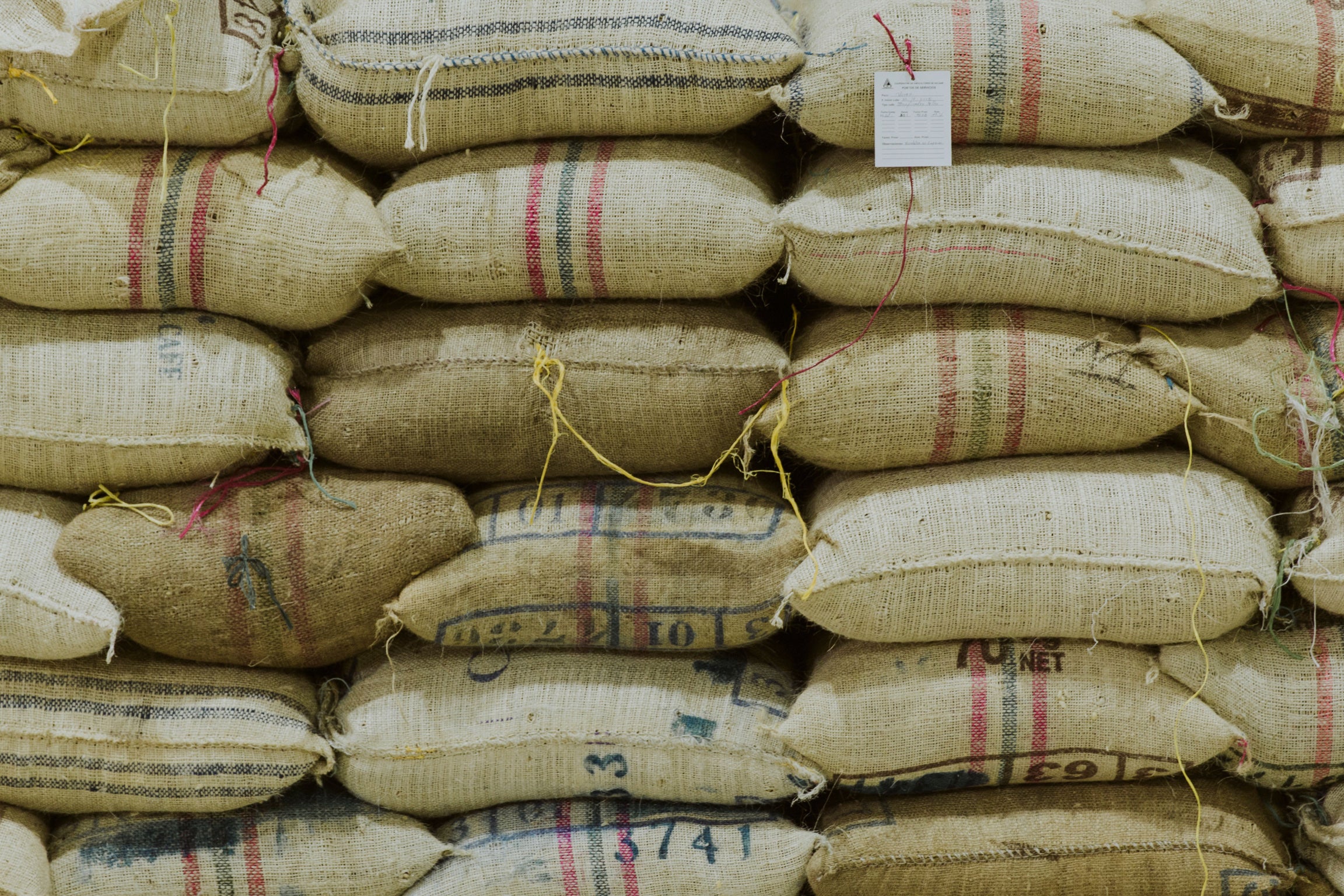
10. History
See moreCoffee’s global voyage began in the lush highlands of Ethiopia, the original motherland of the Coffea Arabica plant. The earliest known writing on the coffee plant, dating to the 10th century, characterizes it as a medicine—prepared as an infusion of coffee cherries in hot water.
-
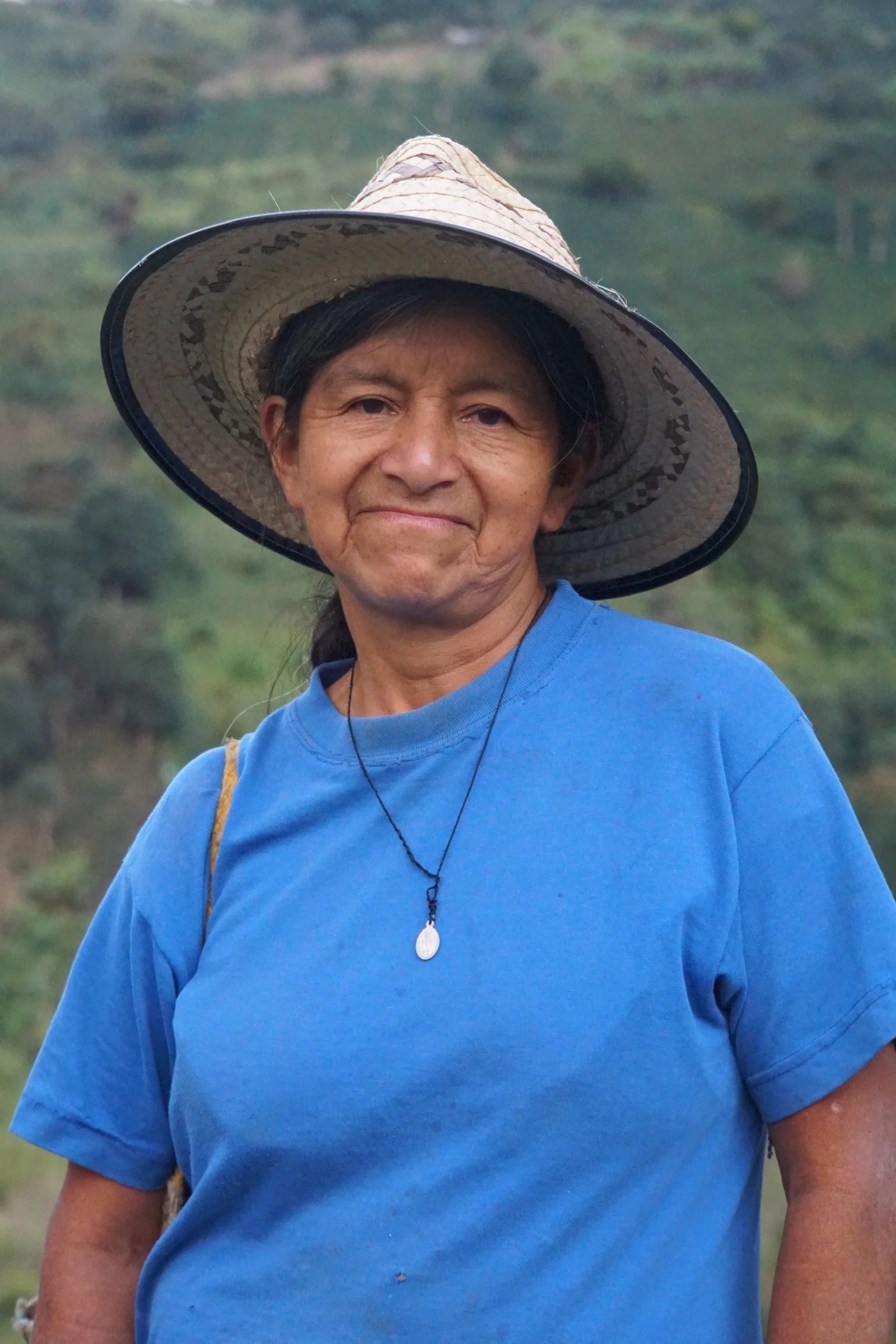
11. The Allied Farmers Project
See moreLike all small, medium and large producers in Colombia, Pergamino spent many years helplessly riding the roller coaster of international coffee prices. We had to invest in our crops without knowing what they would sell for during their 12-year production cycle.
-
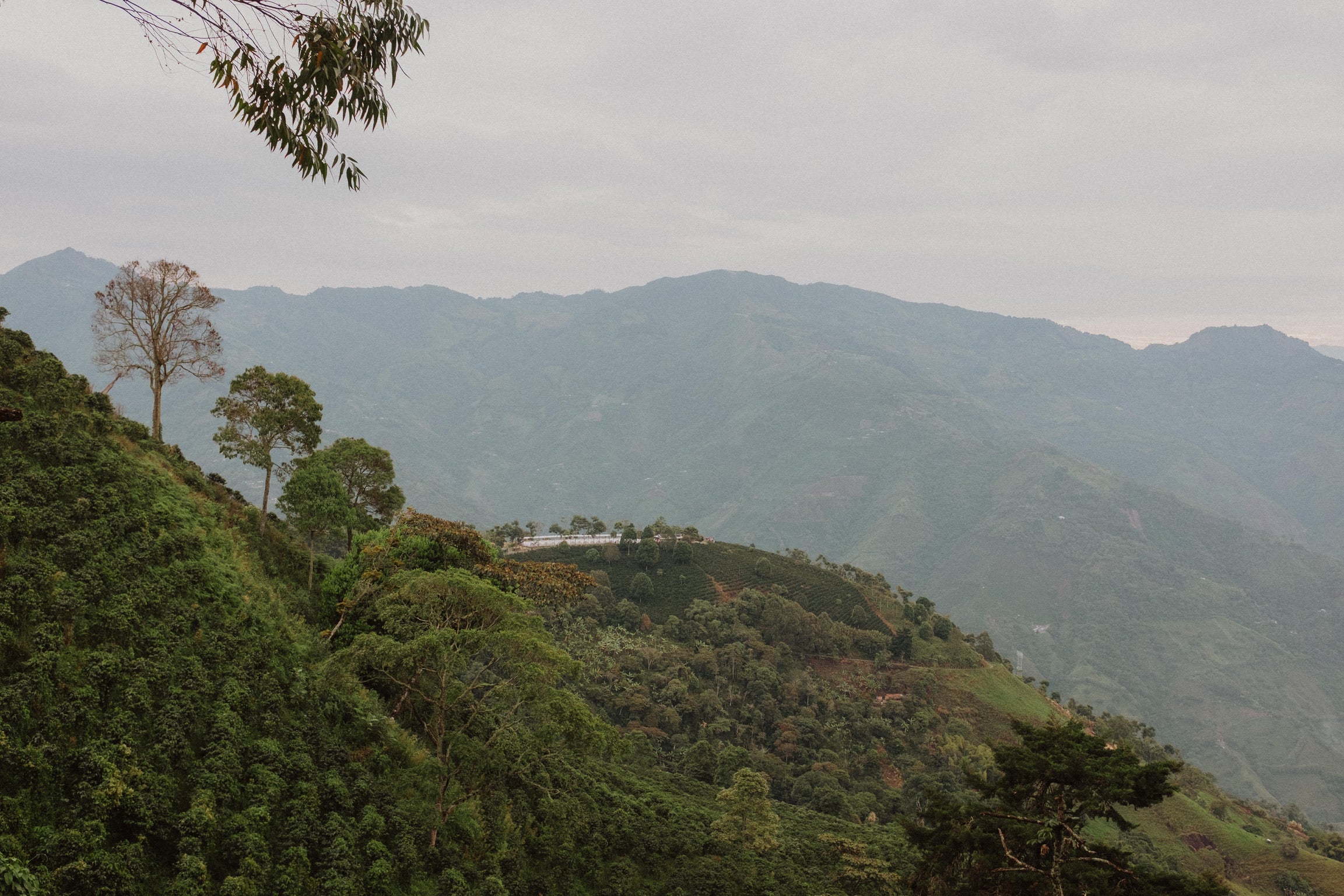
12. Dreams of the future
See moreWe dare to share with you a dream that we have for the future. Colombian coffee has changed a lot in the last 80 years, shifting towards more technical, large-scale cultivation — with widespread use of chemical fertilizers, pesticides, monoculture, and complete exposure (without shade trees).
-
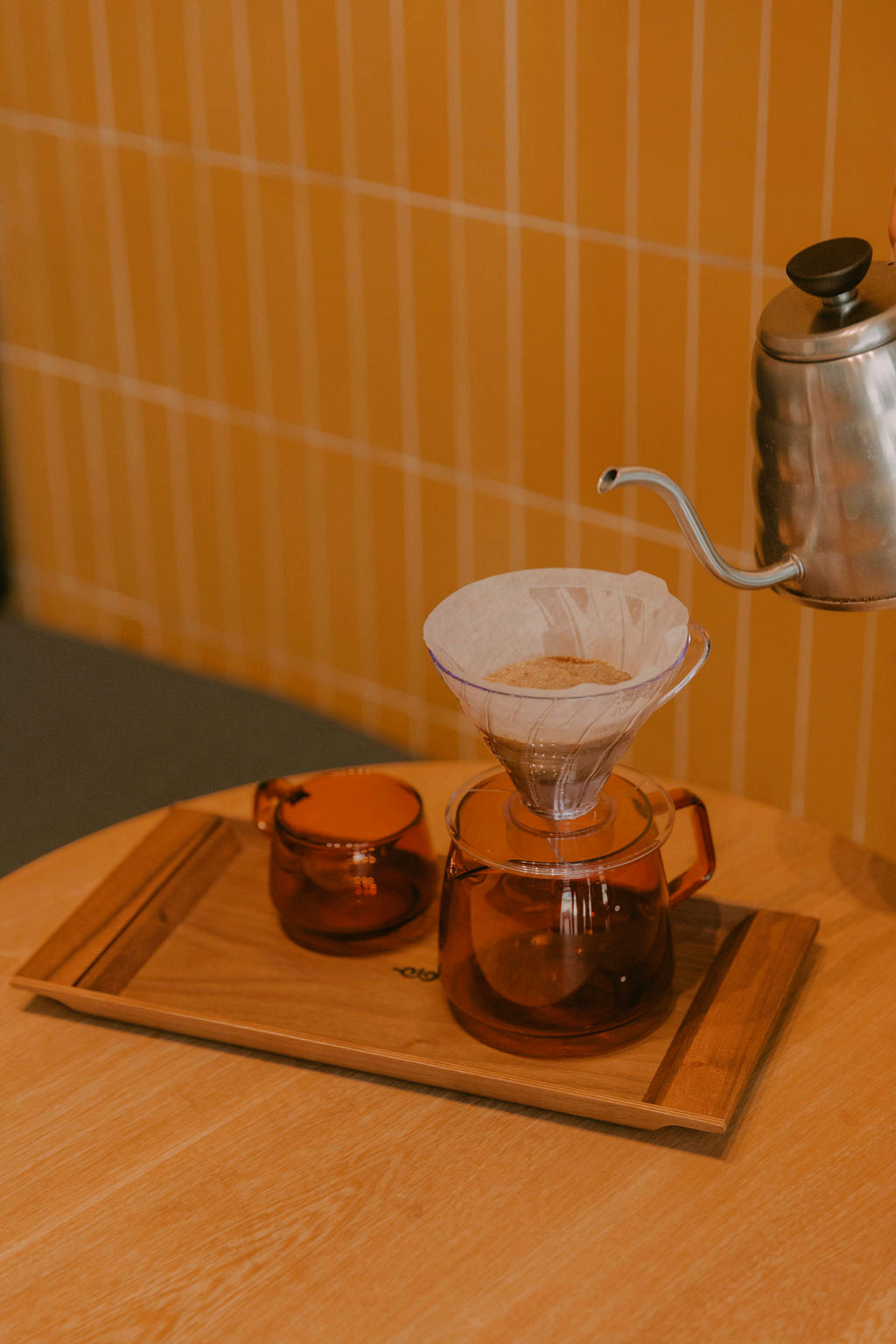
13. Brewing methods
See moreThese are our favorite methods and advices
FRESH COFFEE
Exceptional sensory quality, full traceability to the origin, and fair payment to the producer.
-

Three-Origin Kit (500g bag) - 10% off
Allied producers across Colombia
Regular price $49.47Regular priceUnit price / per -

Medellín Urbano (500g bag)
San Sebastián De Palmitas, Medellín
Regular price $18.99Regular priceUnit price / per -

Lomaverde (500g bag)
Santa Bárbara, Antioquia
Regular price $16.99Regular priceUnit price / per -

Decaf Lomaverde (500g bag)
Santa Bárbara, Antioquia
Regular price $18.99Regular priceUnit price / per














